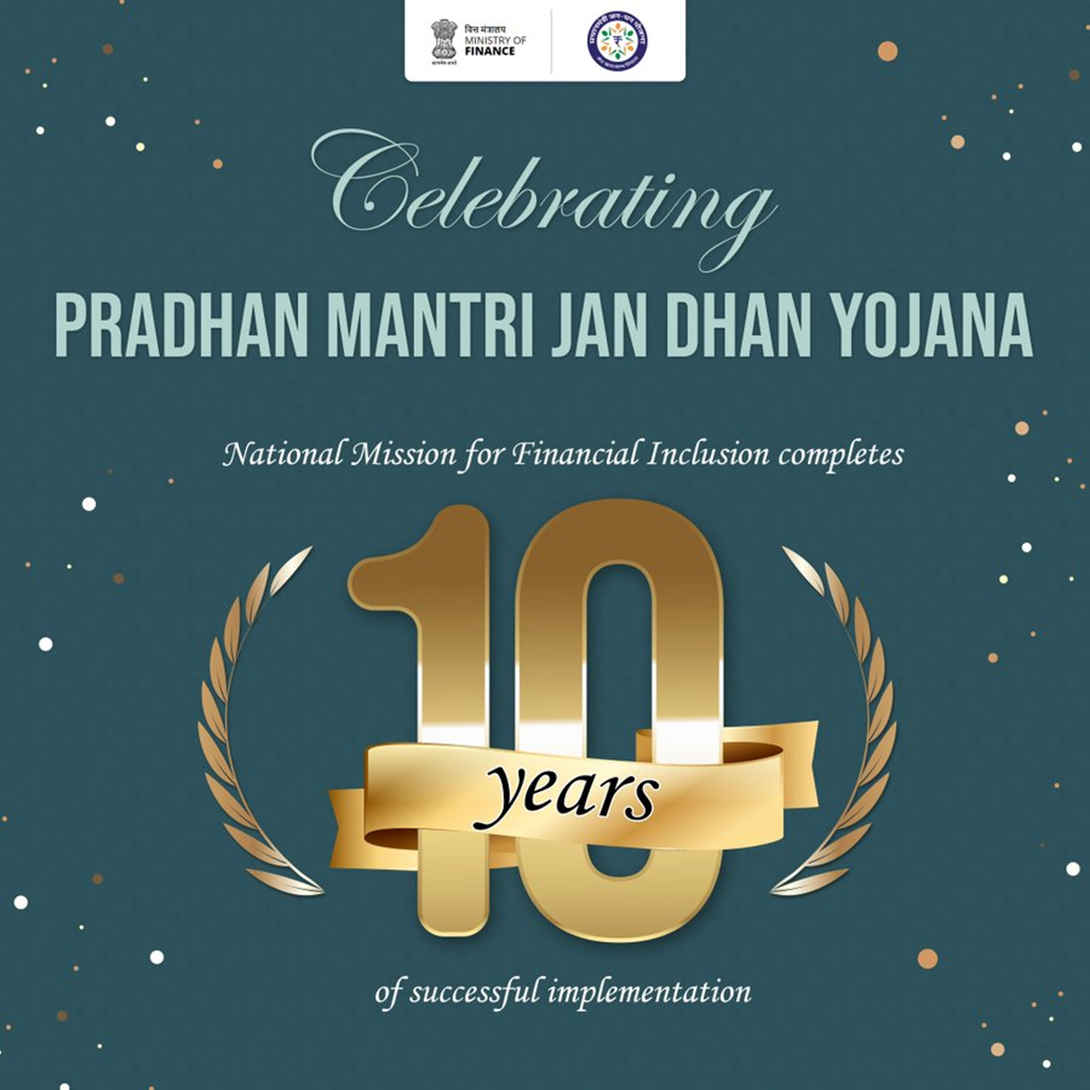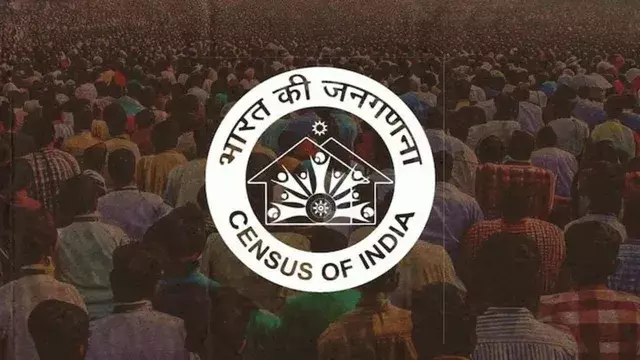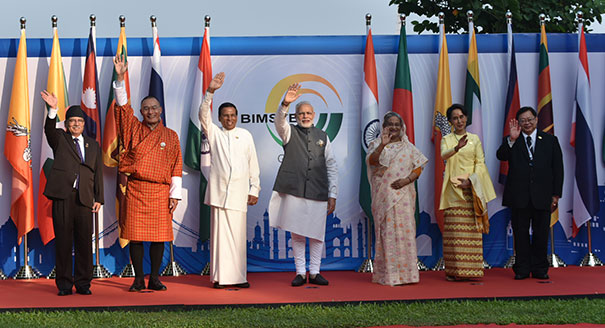- Courses
- GS Full Course 1 Year
- GS Full Course 2 Year
- GS Full Course 3 Year
- GS Full Course Till Selection
- Answer Alpha: Mains 2025 Mentorship
- MEP (Mains Enrichment Programme) Data, Facts
- Essay Target – 150+ Marks
- Online Program
- GS Recorded Course
- Polity
- Geography
- Economy
- Ancient, Medieval and Art & Culture AMAC
- Modern India, Post Independence & World History
- Environment
- Governance
- Science & Technology
- International Relations and Internal Security
- Disaster Management
- Ethics
- NCERT Current Affairs
- Indian Society and Social Issue
- NCERT- Science and Technology
- NCERT - Geography
- NCERT - Ancient History
- NCERT- World History
- NCERT Modern History
- CSAT
- 5 LAYERED ARJUNA Mentorship
- Public Administration Optional
- ABOUT US
- OUR TOPPERS
- TEST SERIES
- FREE STUDY MATERIAL
- VIDEOS
- CONTACT US
10 Years of Pradhan Mantri Jan-Dhan Yojana
10 Years of Pradhan Mantri Jan-Dhan Yojana

2024 marks the tenth anniversary of Pradhan Mantri Jan-Dhan Yojana (PMJDY), a flagship financial inclusion scheme launched on August 28, 2014. The scheme has achieved significant milestones over the decade, including a target to open over 3 crore additional accounts in the financial year 2024-25.
Achievements of Pradhan Mantri Jan-Dhan Yojana
- Account Expansion
- PMJDY has seen an increase in account numbers, growing from 147 million in March 2015 to 520 million by March 2024. This expansion represents a major step in financial inclusion, providing a banking footprint to millions who previously lacked access.
- Deposit Mobilisation
- The total deposits in PMJDY accounts increased from Rs 15,600 crore in March 2015 to Rs 2.32 trillion in March 2024. This growth, at a compound annual growth rate (CAGR) of 30%, indicates a rising trust and engagement in the banking system among previously underserved populations.
- Average Balance
- The average balance per account has surged from Rs 1,065 in March 2015 to Rs 4,476 in March 2024. This increase reflects both improved savings behavior and the growing financial stability of account holders.
- Expansion of Banking Infrastructure
- The Jan Dhan Darshak (JDD) App has mapped over 1.3 million banking touchpoints, including branches, ATMs, and Banking Correspondents. As of July 2023, 99.7% of mapped villages are covered with banking facilities, ensuring that even the most remote areas have access to financial services.
- Rural-Urban Parity
- PMJDY accounts are well-distributed, with 55.6% held by women and 66.6% in rural and semi-urban areas. This balance underscores the scheme’s success in reaching marginalized and rural populations, enhancing their financial inclusion.
- Boost in Digital Payments
- The number of Unified Payments Interface (UPI) transactions grew from 920 million in FY 2018 to 131.2 billion in FY 2024. Similarly, RuPay card transactions at point-of-sale (PoS) and e-commerce surged from 670 million in FY 2018 to 1.26 billion in FY 2023, highlighting a significant shift towards digital payments.
- Direct Benefit Transfer (DBT)
- PMJDY has facilitated around USD 361 billion in DBT transfers across 53 central government schemes, demonstrating its role in streamlining subsidy and welfare payments. During the Covid-19 pandemic, it enabled Rs 500 per month payments for three months under PMGKY to 206.4 million women account holders.
- Overdraft (OD) Accounts
- By March 2024, 1,17,701 OD accounts were opened, with a sanctioned amount of Rs 190 crore and an 80.5% utilization rate. This facility has provided crucial credit access to the poorest individuals, enabling them to manage financial emergencies.
- Low Zero Balance Accounts
- Despite the provision for zero balance accounts, only 8.4% of PMJDY accounts are maintained at zero balance. This low figure suggests that most account holders are actively using and maintaining their accounts.
- Praised by the World Bank
- The World Bank has highlighted PMJDY as a significant achievement, noting that India accelerated financial inclusion from 25% in 2008 to 80% in 2014, a process that would have otherwise taken decades. The JAM trinity (Jan Dhan-Aadhaar-Mobile) and Digital Public Infrastructure (DPI) were key enablers.
What is PMJDY?PMJDY is a comprehensive financial inclusion scheme designed to provide affordable access to essential financial services. It encompasses:
|
Challenges Associated with PMJDY
- Multiple Accounts
- Incentives such as insurance and overdraft facilities sometimes lead people to open multiple accounts across different banks, leading to account duplication and misuse of benefits.
- Economic Burden on Banks
- Managing numerous low-balance accounts can strain banks financially, especially as some accounts remain dormant or have insufficient activity.
- Money Laundering
- There are concerns that Jan Dhan accounts might be exploited for money laundering, particularly following the demonetisation drive.
- Declining Overdraft Facility
- The discretion given to banks regarding the provision of overdraft facilities has led to inconsistent implementation, with many banks refusing to offer this service.
- Misuse by Business Correspondents (BCs)
- Some BCs may charge hidden fees or otherwise exploit account holders, undermining the scheme’s intent to provide free financial services.
- Bad Loans
- The overdraft facility poses a risk of becoming bad loans if repayment is not enforced effectively, especially when debt waivers have been frequent.
- Financial and Technology Illiteracy
- Many rural account holders lack the necessary financial literacy and technological skills to fully utilize banking services, affecting the scheme’s effectiveness.
Way Forward
- Centralised Verification System
- Establish a centralized verification system to reduce the incidence of multiple accounts and ensure accurate biometric and digital identity verification.
- Develop Incentives
- Create incentives to encourage individuals to maintain a single account, such as offering enhanced benefits or reduced fees for maintaining a primary account.
- National Strategy for Financial Inclusion (NSFI)
- The upcoming NSFI (2025-30) should emphasize expanding PMJDY’s reach and improving awareness of social security schemes among targeted populations.
- Insurance for All
- Expand micro-insurance schemes and enhance access to micro-credit and investment options, moving beyond a focus solely on account balances.
- Increased Penetration of OD Accounts
- Improve the availability and uptake of overdraft facilities to strengthen PMJDY’s role as a catalyst for financial growth and inclusion.
- New Focus Areas
- Focus on covering the entire adult population and continuing to include new adults as they reach maturity, ensuring sustained financial inclusion.
Conclusion
The Pradhan Mantri Jan-Dhan Yojana has been a transformative initiative in advancing financial inclusion in India over the past decade. With significant achievements in account expansion, deposit growth, and digital payments, the scheme has made substantial progress. However, challenges such as account duplication, financial misuse, and literacy issues need to be addressed. Continued focus on refining the scheme, improving financial literacy, and expanding benefits will be crucial to realizing its ultimate potential and furthering inclusive economic growth.




